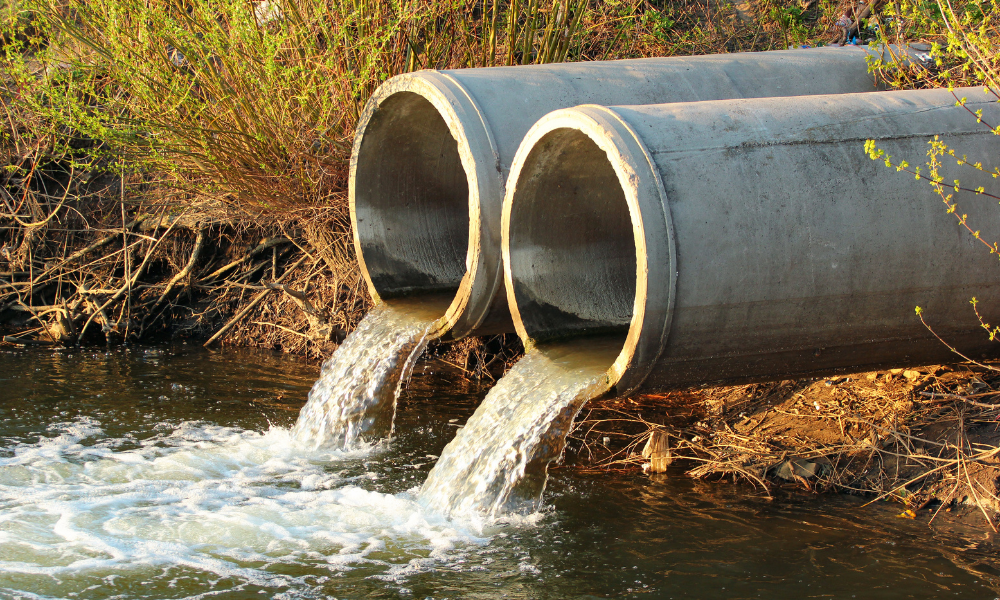
Environmental Permitting Regulations (EPR) 2010 govern discharges to groundwater. The Environment Agency (EA) has jurisdiction over environmental permitting for all sectors regulated under EPR (air emissions, groundwater, surface water pollution, waste recovery or disposal).
Within this guidance, the H1 Environmental Risk Assessment framework and supporting technical annexes help to assess risks to the environment and human health from specific activities such as the discharge of treated effluent to groundwater. Applications for discharge activities may require a permit, or be excluded from permitting? BOLD provides advice at different stages of the Environmental Permitting process. Whatever the specifics of your activity, we can offer:
- Advice on whether your activity requires a Standard or Bespoke Permit, or is an excluded activity?
- Advice on what the permit application or communications from the EA are actually asking you to provide?
- Liaison with the local EA Technical Specialists (in groundwater or surface water)
- EPR H1 Groundwater Risk Assessment (for when bespoke permit applications are required)
- Completion of Annex J5: Infiltration Worksheet (the preferred risk assessment model to complete the EPR H1 Groundwater Risk Assessment process)
Although several hydrogeological groundwater risk assessment models are available, the EA prefers completion of their own Infiltration Worksheet when considering permit applications for discharges to groundwater. BOLD suggests this is the best course of action to assist the application process. - Sensitivity Analysis (changing model input parameters to test different scenarios)
For example, assessing a range of input values provides assurance that potential risk has been examined without undertaking site specific investigation. Sensitivity analysis can also examine the risk presented by fluctuation in the concentration of final treated effluent; for example, what happens if your treatment plant temporarily fails? - Reporting of the Risk Assessment Outcome posed by the discharge activity (in a format to append to your permit application).
Our approach involves upfront communication with the EA to agree key aspects such as the chemical species to be assessed and the Compliance Point at which the risk will be benchmarked. In our experience, where possible, early discussion is beneficial, and reduces delays.
